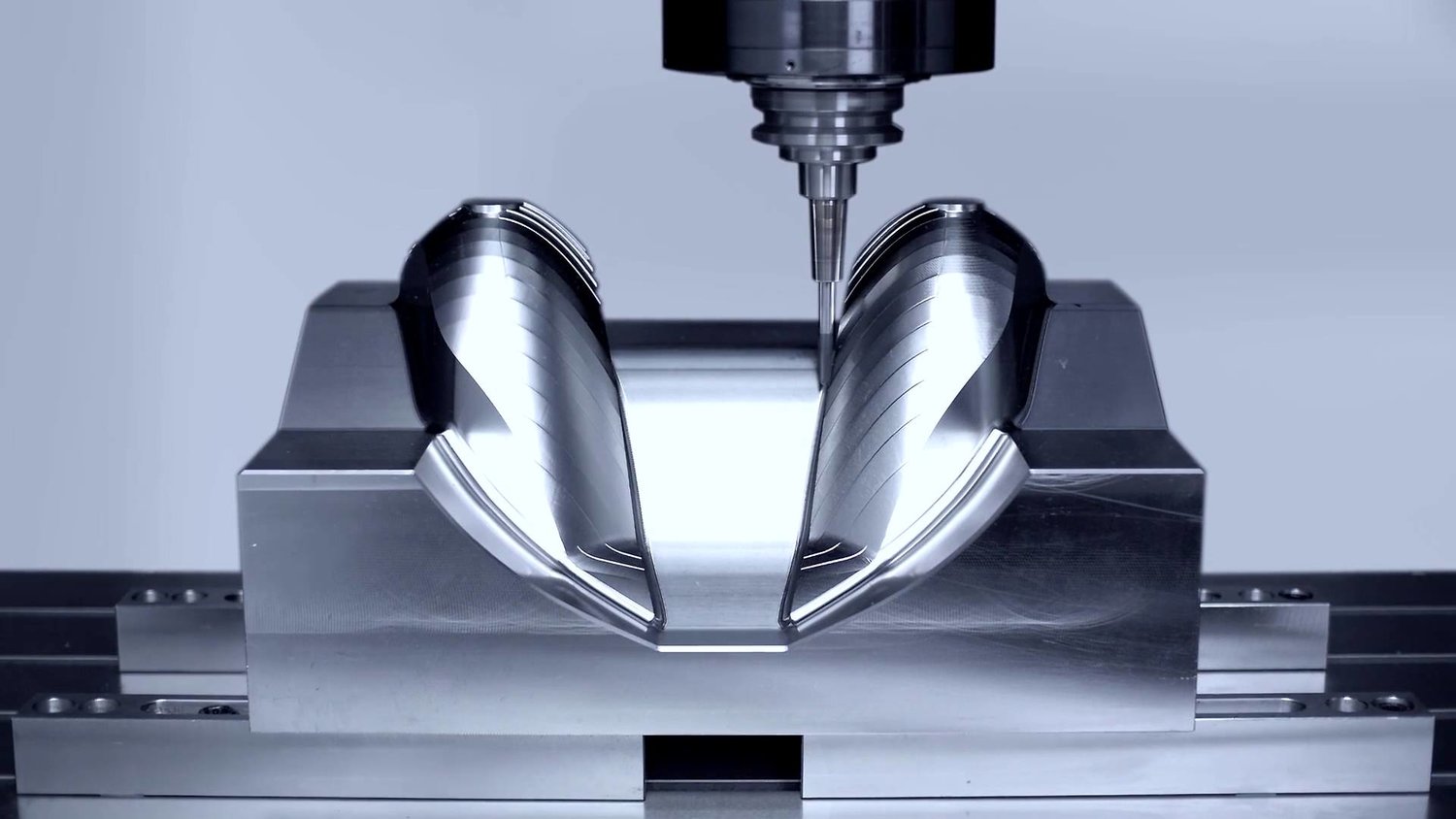In the world of electronics, the design review process plays a pivotal role in ensuring the quality and reliability of products. This process is a structured evaluation aimed at identifying potential issues early, thus safeguarding the product’s integrity. Whether you’re an exporter, importer, or involved in the manufacturing sphere, understanding this process can greatly enhance the final product’s quality.

What is the Design Review Process in Electronics?
The design review process in the realm of electronics refers to a series of evaluations conducted at various stages of product design and development. These evaluations aim to verify that the design meets all necessary requirements before progressing to the next stage of production.
The Importance of Early Evaluation
Early detection of design flaws can prevent costly mistakes down the line. This makes the design review process indispensable in electronics development. By catching errors early, companies can save significant time and resources.
Key Steps in the Design Review Process
Generally, the design review process in electronics encompasses several critical steps. Each of these steps serves a distinct purpose, ensuring the final product is both functional and reliable.
1. Initial Conceptual Design Review
The first step involves a detailed assessment of the product’s overall concept. This stage ensures that the fundamental design aligns with client expectations and industry standards.
2. Component Selection Review
Here, the focus shifts to the selection of components. This review examines the compatibility, availability, and quality of the selected components, reducing the risk of future complications.
3. Schematic Design Review
This phase involves a close examination of the electrical schematic. Key aspects are verified, such as signal paths, power distribution, and compliance with technical specifications.
4. PCB Layout Review
The printed circuit board, or PCB, layout is scrutinized to ensure efficient space utilization and adherence to design standards. This step is crucial for ensuring that the physical design supports the product’s intended function.
5. Prototype Testing
Building a prototype is a critical step to test real-world functionality. This stage can reveal unforeseen issues, providing valuable insights before full-scale production.
Mitigating Risks Through Design Review
The design review process mitigates numerous risks inherent in the electronics industry. From ensuring product safety to enhancing durability, thorough reviews are vital.
Ensuring Compliance
In the electronics industry, compliance with international standards is non-negotiable. During the design review process, potential compliance issues are addressed proactively.
Reducing Development Costs
By identifying issues early in the design review process, companies reduce the need for expensive reworks. This proactive approach lowers overall development costs and speeds up time-to-market.
The Role of Software Tools in Design Reviews
With advances in technology, various software tools have become integral to the design review process. These tools facilitate detailed analysis, improving accuracy and efficiency.
Simulation Software
Software simulations allow designers to validate their designs virtually, thus identifying potential issues without the need for physical prototypes.
Collaboration Platforms
For global teams, collaboration tools are crucial. These platforms allow for seamless communication and review, regardless of geographical location.
Challenges and Solutions in the Design Review Process
While the benefits of the design review process are clear, challenges persist. Issues such as communication gaps and resource constraints can hinder effectiveness.
Overcoming Communication Barriers
Clarity in communication is vital. Regular meetings and clear documentation help ensure all stakeholders are aligned throughout the design review process.
Resource Management
Effective resource allocation ensures that the design review process does not exhaust available resources, thus balancing quality with cost.

FAQs
What is the primary goal of a design review in electronics?
The primary goal is to verify that the design meets all necessary requirements and to identify any potential issues early in the development process.
How often should design reviews be conducted?
Design reviews should be conducted at key milestones throughout the development process, particularly at the end of each major design phase.
Can software tools replace traditional design reviews?
While software tools enhance the design review process, they are not a replacement for traditional reviews. They should be used in conjunction to increase accuracy and efficiency.
For a more comprehensive understanding of how these processes shape the industry, you might want to explore smart manufacturing innovations and sustainable electronics. For further external insights, this electronics prototyping guide offers valuable information.


